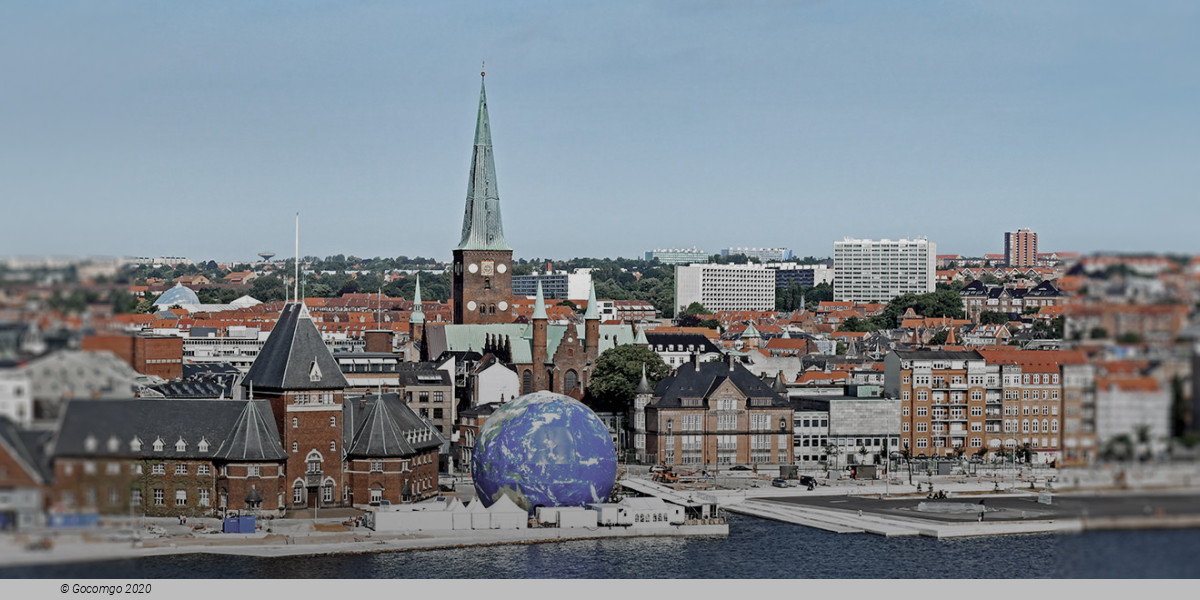Aarhus

Aarhus is the second-largest city in Denmark and the seat of Aarhus municipality. It is located on the eastern shore of Jutland in the Kattegat sea and approximately 187 kilometres (116 mi) northwest of Copenhagen.
The largest city in Jutland, Aarhus anchors the Central Denmark Region and the statistical region Landsdel Østjylland (LØ) (Lit. Province East Jutland). The LØ is the second most populous statistical region in Denmark with an estimated population of 903,974 (as of 1 January 2021). Aarhus Municipality defines the greater Aarhus area as itself and 8 adjacent municipalities totalling 952,824 inhabitants (as of 1 January 2021) which is roughly analogous to the municipal and commercial collaboration Business Region Aarhus. The city proper, with an estimated population of 282,910 inhabitants (as of 2021), ranks as the 2nd-largest city in Denmark. Aarhus dates back to at least the late 8th century and is among the oldest cities in Denmark. It was founded as a harbour settlement at the mouth of the Aarhus River and quickly became a trade hub. The first Christian church was built here around the year 900 and later in the Viking Age the town was fortified with defensive ramparts. The Viking Age was turbulent and violent, also for Aros, as the town was called back then, but in spite of the difficulties, the bishopric of Aarhus grew steadily stronger and more prosperous, building several religious institutions in the town during the early Middle Ages. Trade continued to improve, although it was not until 1441 that Aarhus was granted Market town privileges, and the population of Aarhus remained relatively stable until the 19th century. The 1600s, in particular, was a difficult time for Aarhus as the town suffered from several wars and the plague, and trade was also dampened by the state in favour of the royal seat of Copenhagen. Nevertheless, Aarhus grew to become the second biggest town in Denmark during that time, and in the middle of the 1700s, the once prosperous trade growth returned. The industrial revolution became an inflection point in the 19th century, as industry drove a rapid population growth, outpacing regional rivals, and the first railway line in Jutland was built here in 1862. In 1928, the first university in Jutland was founded in Aarhus and today it is a university city and the largest centre for trade, services, industry, and tourism in Jutland.

